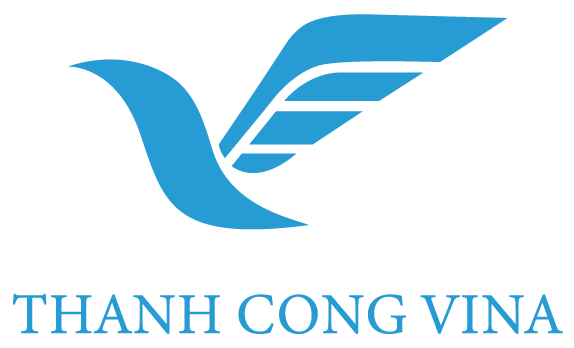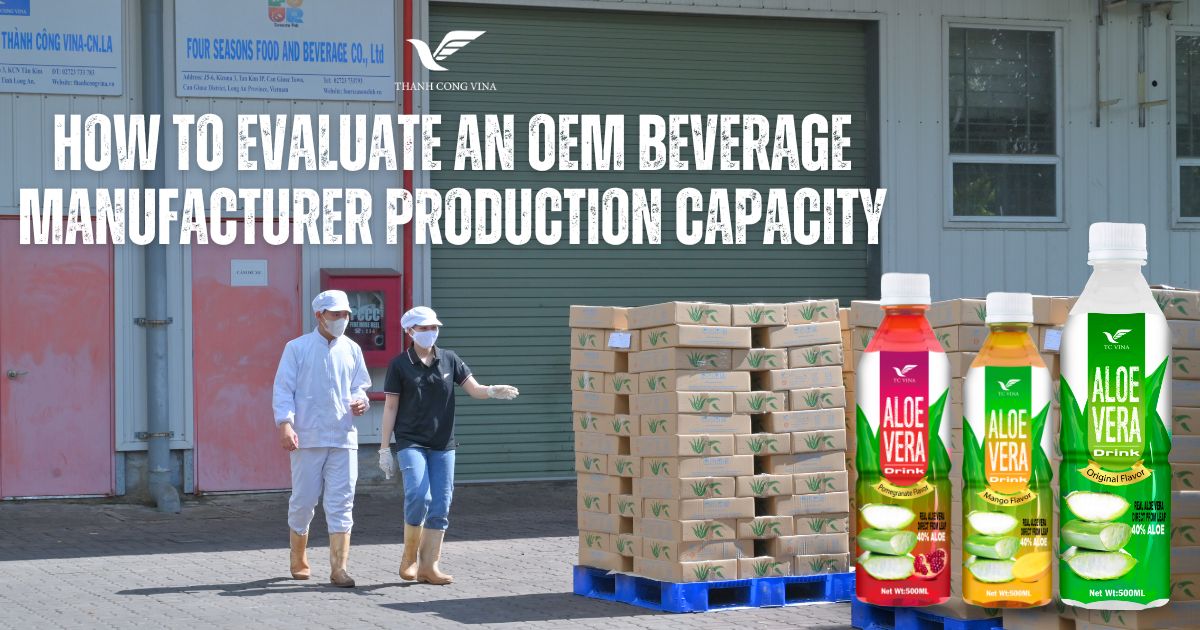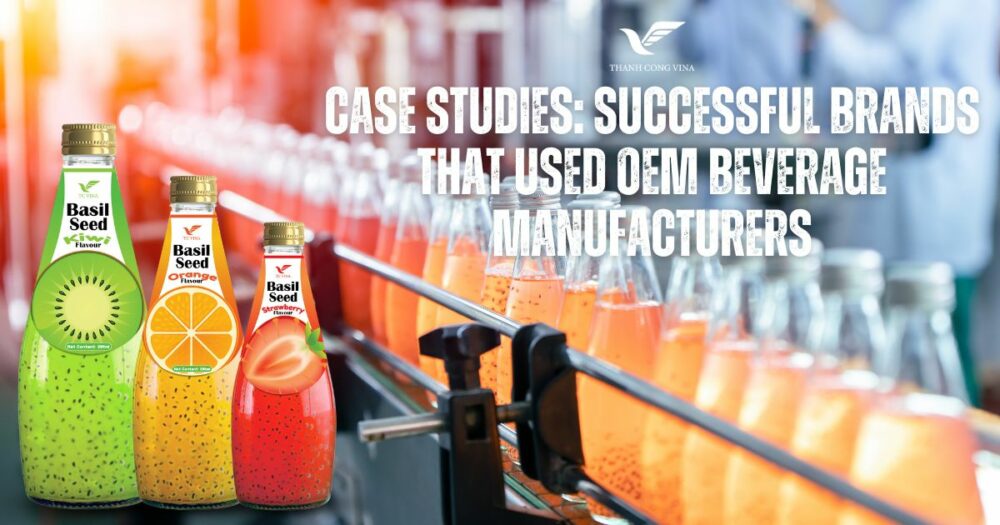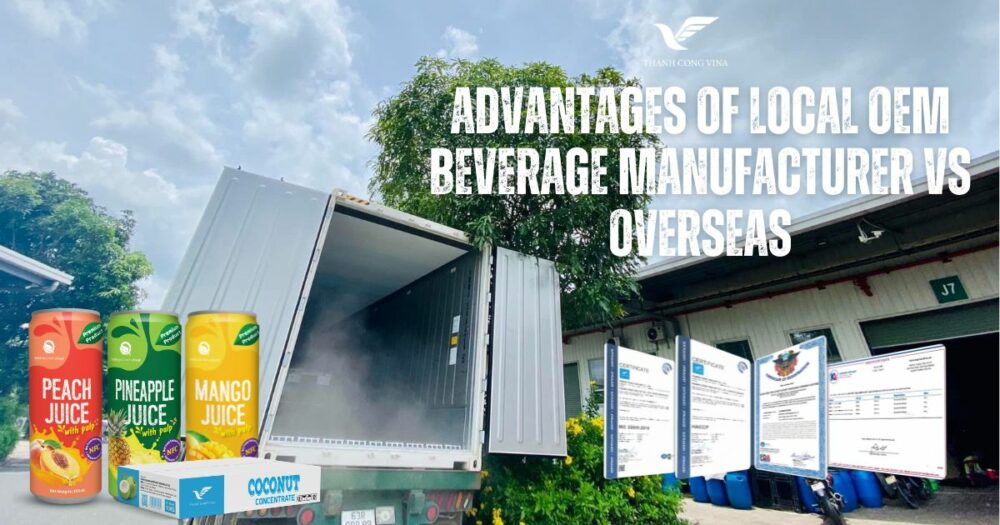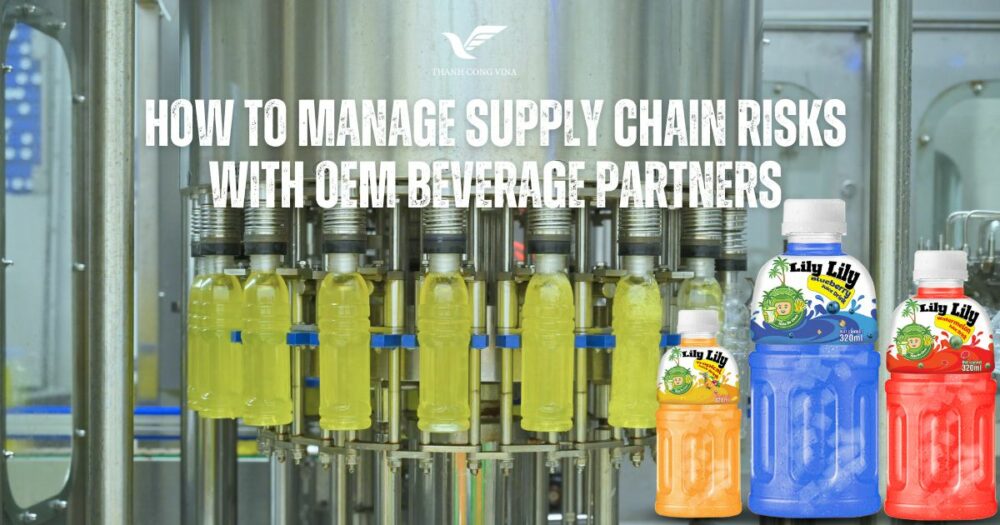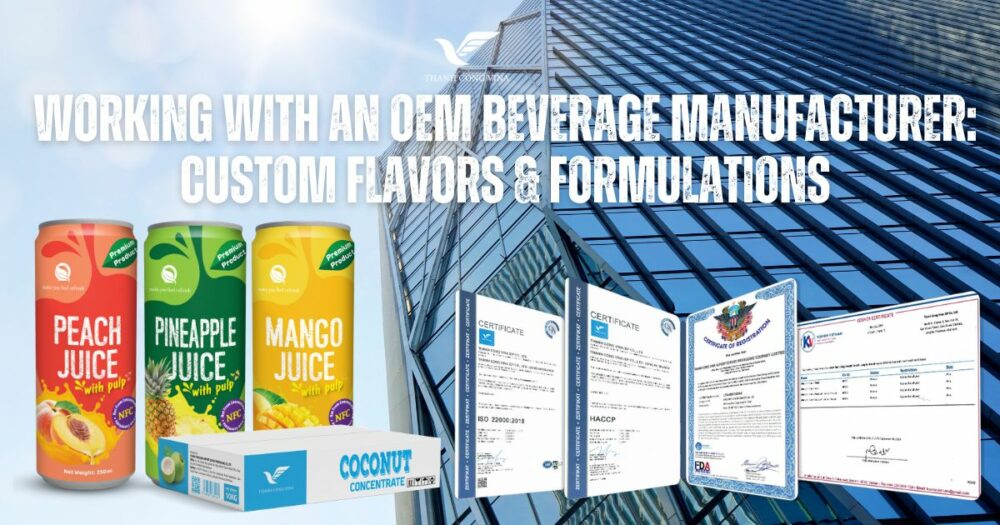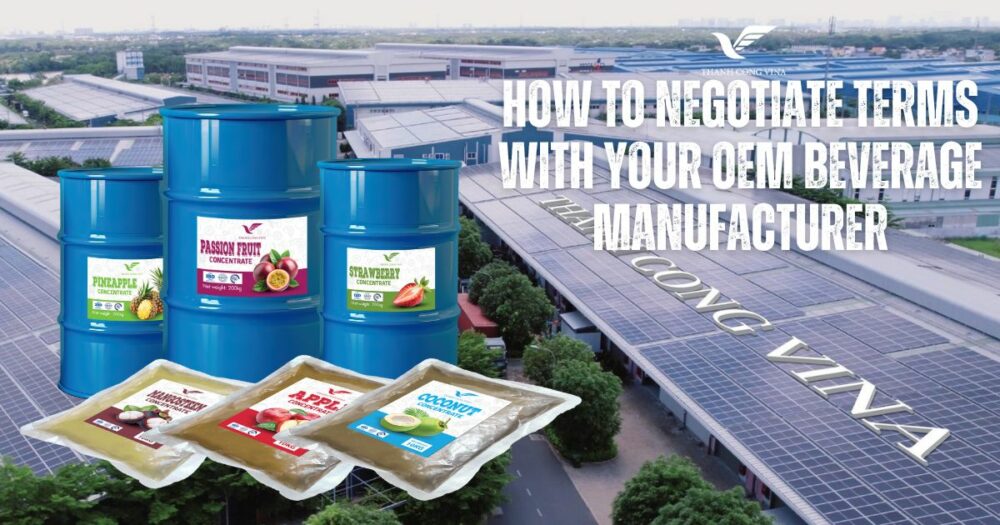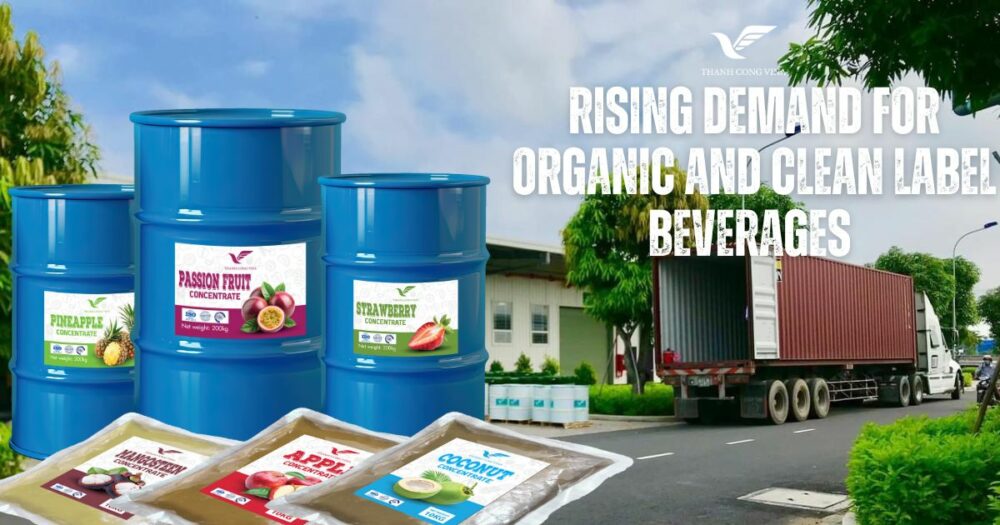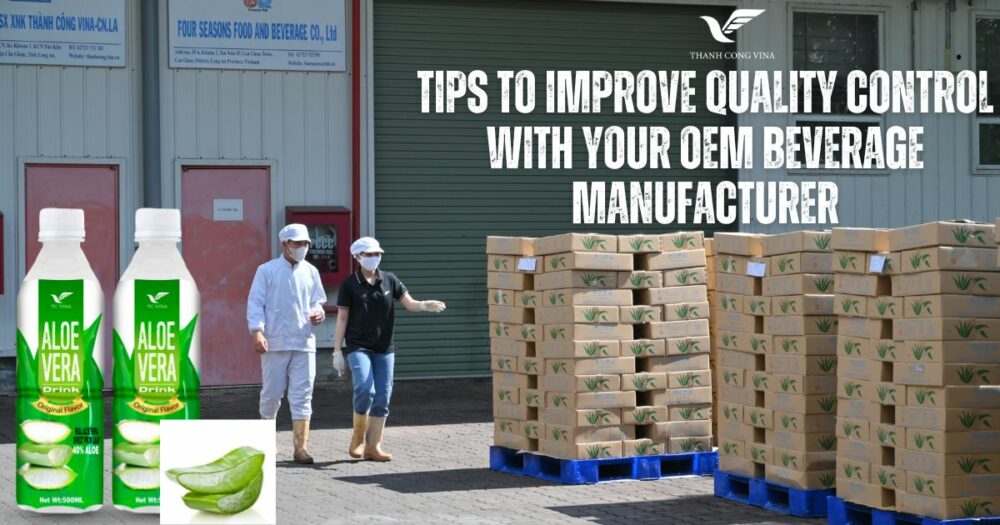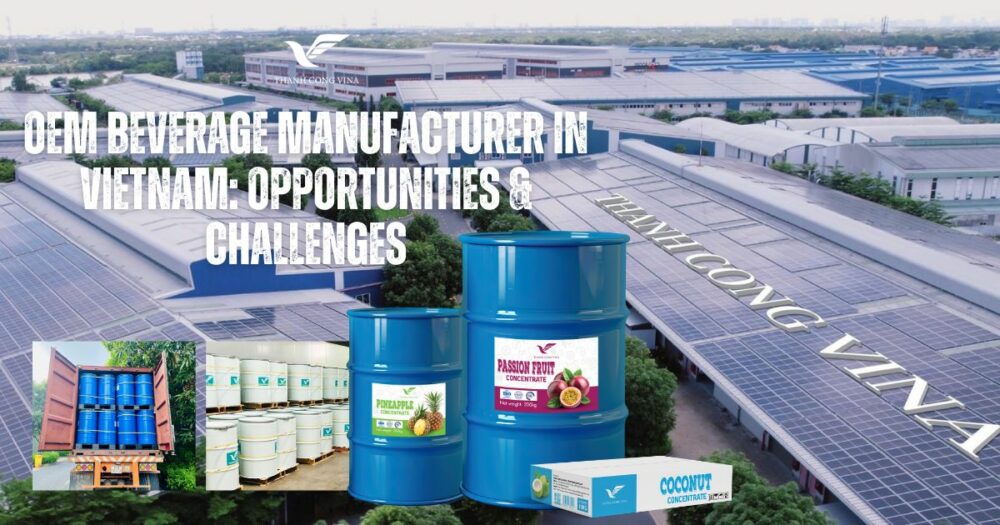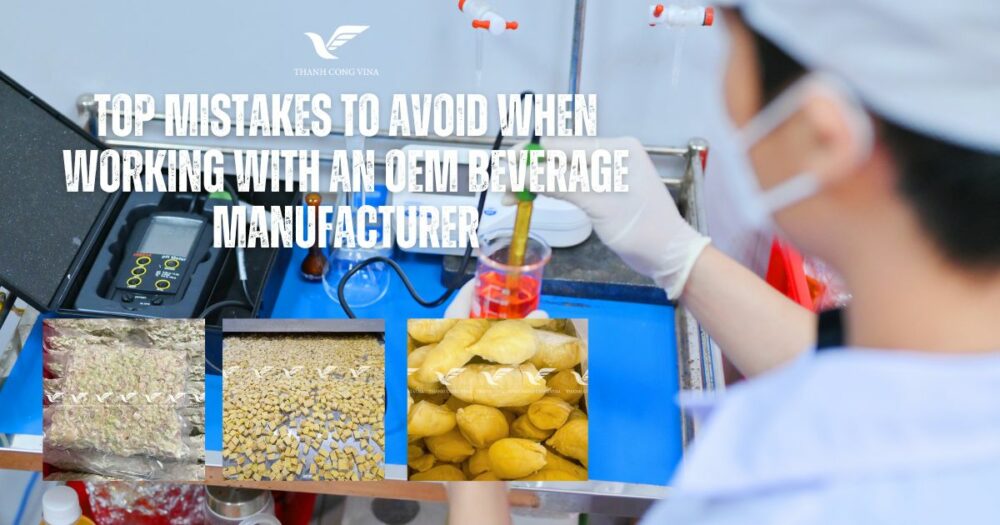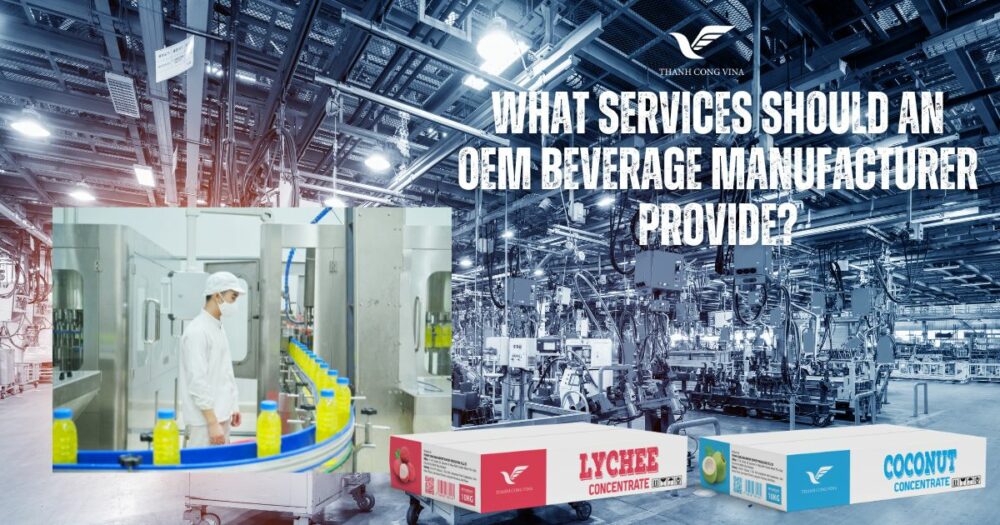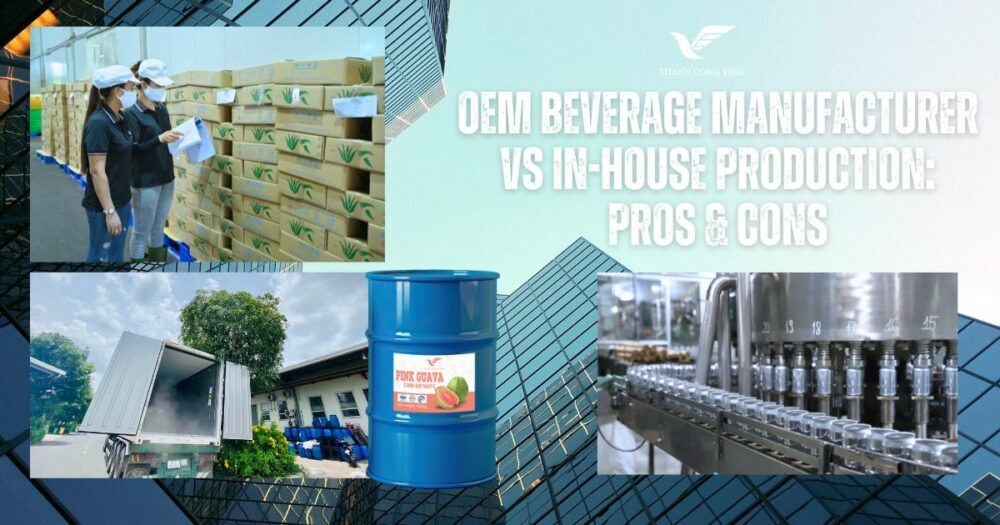Selecting the right OEM beverage manufacturer is one of the most crucial decisions for any beverage brand entering competitive markets. Beyond certifications, pricing, and product development capability, the true measure of a manufacturer’s long-term viability lies in its production capacity. A supplier may promise high quality and innovation, but if they cannot scale efficiently, meet your MOQ (Minimum Order Quantity), or fulfill seasonal spikes in demand, your business growth can be severely constrained.
Evaluating capacity is not only about how many bottles a factory can produce per month; it includes machinery automation, production line flexibility, storage infrastructure, logistics readiness, and supply chain continuity. A thorough assessment helps importers, private label brands, and distributors avoid delays, minimize risks, and build a reliable product pipeline. This guide highlights critical technical and operational factors to evaluate when choosing a OEM beverage manufacturer capable of supporting sustainable expansion.
1. Understanding Production Capacity: What It Really Means
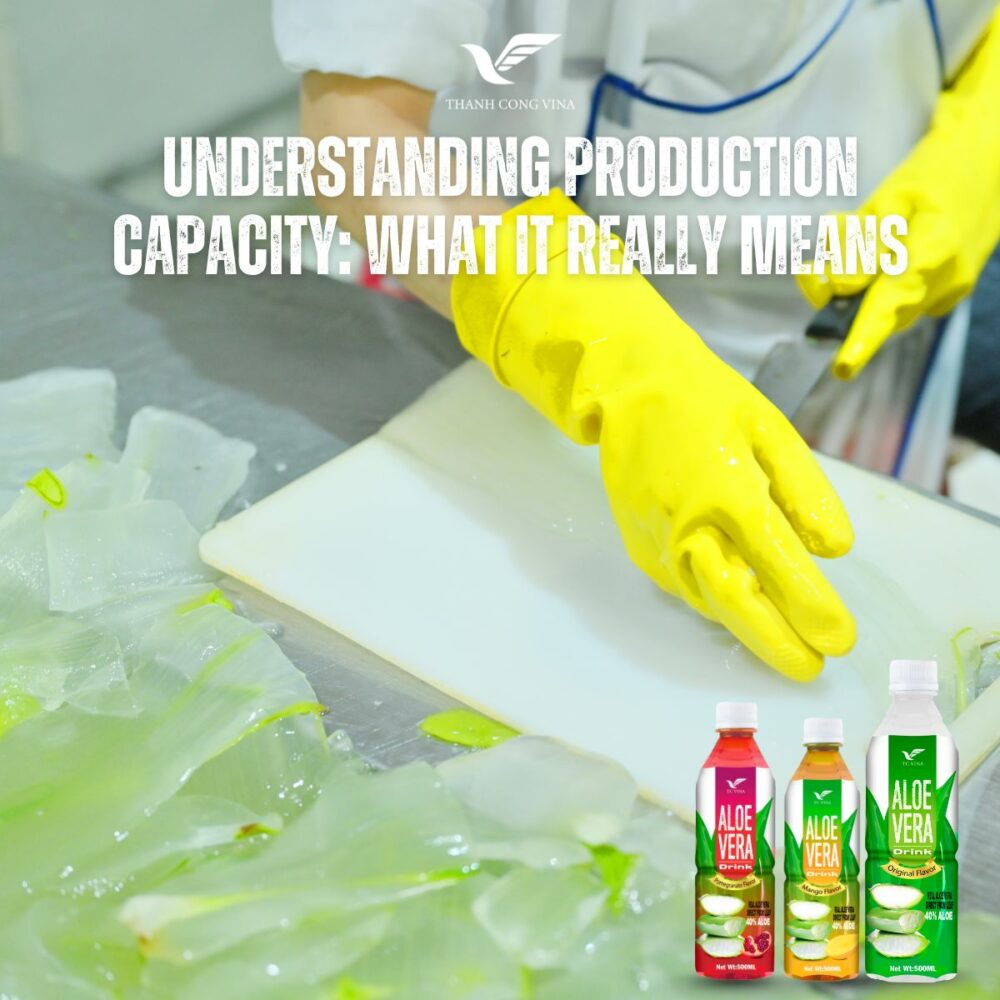
Understanding Production Capacity: What It Really Means
Production capacity is often oversimplified as output volume. However, for a beverage importer or brand owner, a deeper technical evaluation is required.
1.1. Rated Output vs. Actual Output
Manufacturers typically provide theoretical capacity numbers. These figures assume continuous operation without downtime. In reality, variables such as machine cleaning, setup changeover, worker shifts, and maintenance reduce operational output.
Example capacity calculation:
-
Rated capacity: 24,000 bottles/hour
-
Actual uptime: 80%
-
Final output: 19,200 bottles/hour
When evaluating a partner, always request:
-
Historical monthly output reports
-
Downtime logs
-
Efficiency rating (OEE score)
1.2. Multi-Format Capabilities
A manufacturer may produce different beverage SKUs such as:
-
PET bottles: 250ml / 330ml / 500ml / 1L
-
Aluminum cans: 250ml / 330ml
-
Glass bottles for premium lines
Ask if they can switch formats without high waste rates. Flexibility ensures scalability and lower cost during product diversification.
1.3. Capacity Expansion Potential
Key indicators:
-
Available floor space for new lines
-
Modular filling machinery
-
Growth CAPEX plan
An ideal OEM beverage manufacturer must not only meet current demand but also enable scalable expansion as your brand grows internationally.
2. Evaluating Manufacturing Lines & Automation Level
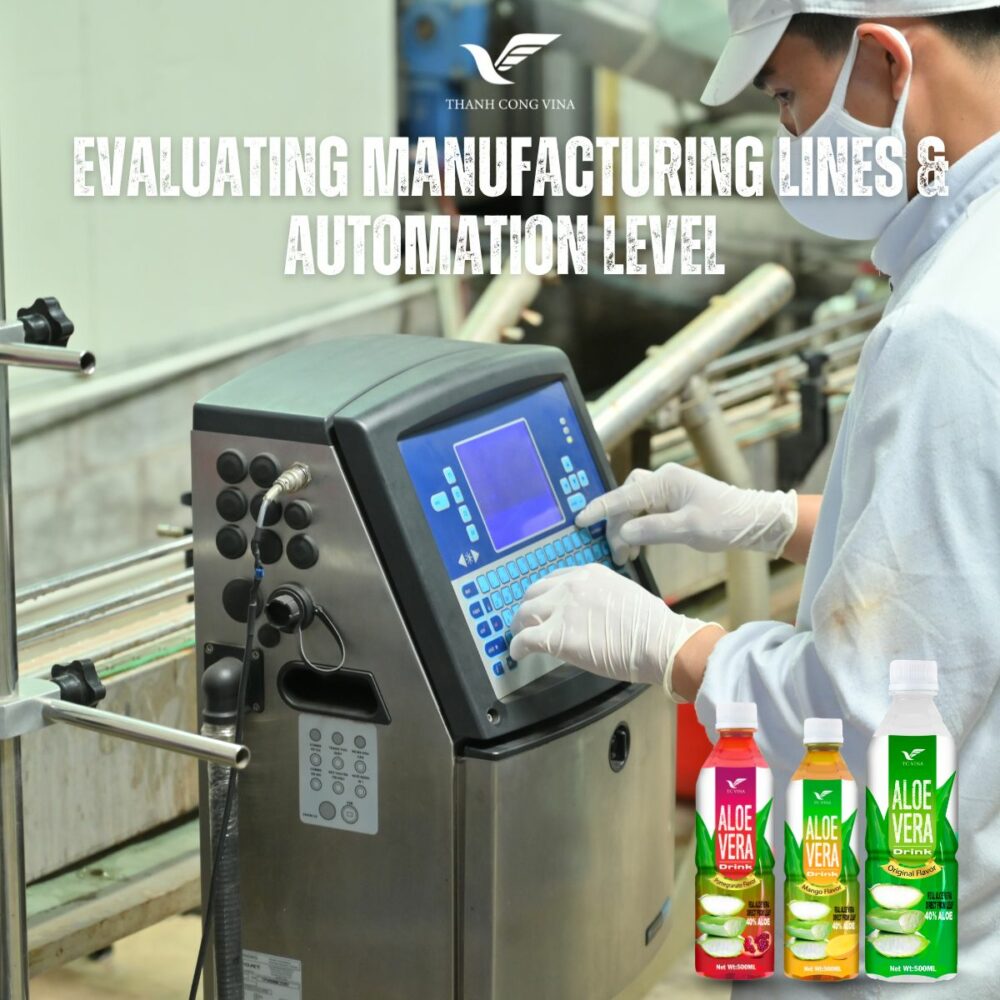
Evaluating Manufacturing Lines & Automation Level
Automation levels directly impact quality consistency, labor efficiency, cost stability, and export-grade reliability. When assessing a manufacturer:
2.1. Bottling & Filling Technology
Important metrics:
-
Filling line automation: Fully automatic / Semi-automatic
-
Speed: (packages per minute)
-
Accuracy: ± 0.5–1.0% volume tolerance
-
Product-specific equipment:
-
Hot-fill lines for juices
-
UHT processing for dairy-based drinks
-
Aseptic systems for extended shelf life
-
A high-speed automatic PET bottling line may process:
-
15,000–36,000 bottles/hour
-
With CIP (clean-in-place) for sanitation efficiency
2.2. Packaging Versatility
Capability to produce:
-
Shrink-wrapped bundles
-
Retail cartons
-
Multi-pack trays
Brands often face shipping failures due to weak secondary packaging structure. OEM suppliers must show packaging test benchmarks such as:
-
Burst strength
-
Static load testing
-
Drop test results
2.3. Digital Production Tracking
Advanced manufacturers use MES (Manufacturing Execution System) to monitor:
-
Real-time line performance
-
Reject ratios
-
Energy consumption
This transparency supports traceability across batch codes, a crucial requirement for international compliance and recalls.
2.4. Workforce Competence
Even automated lines need skilled operation:
-
Mechanical engineers per shift
-
QC team per line
-
Training hours per worker annually
When humanity and technology align, performance stability rises — ensuring your beverage business avoids stock-outs and retailer penalties.
3. Raw Material Supply Chain Capacity
Strong production capacity is impossible without supply chain continuity.
3.1. Ingredient Sourcing Capabilities
OEM beverage manufacturers should provide:
-
Backup suppliers for every ingredient
-
Contracted supply volume guarantees
-
Lead-time schedules for peak seasons
Example risk:
Aloe vera gel shortages in summer → production delays → revenue loss
Evaluate whether they secure:
-
Annual harvest agreements with farmers
-
Import licenses for additives
-
Buffer stock for high-risk ingredients
3.2. Packaging Materials Inventory
Key packaging bottlenecks include:
-
PET preforms
-
Aluminum cans
-
Labels and shrink films
-
Bottle caps
Ask for:
-
Monthly resin consumption capacity
-
Vendor reliability scores
-
Local vs. imported materials mix
3.3. Cold-Chain vs. Ambient Storage
Some beverages require chilled storage for ingredients:
-
Probiotics
-
Dairy mixes
-
Fresh juice components
Verify warehouse capacity volume:
-
m³ (cubic meter storage)
-
Racking systems height and safety standards
A complete supply chain audit ensures the OEM partner can support uninterrupted production — especially during global logistics instability.
4. Quality Control Capacity & Compliance Throughput
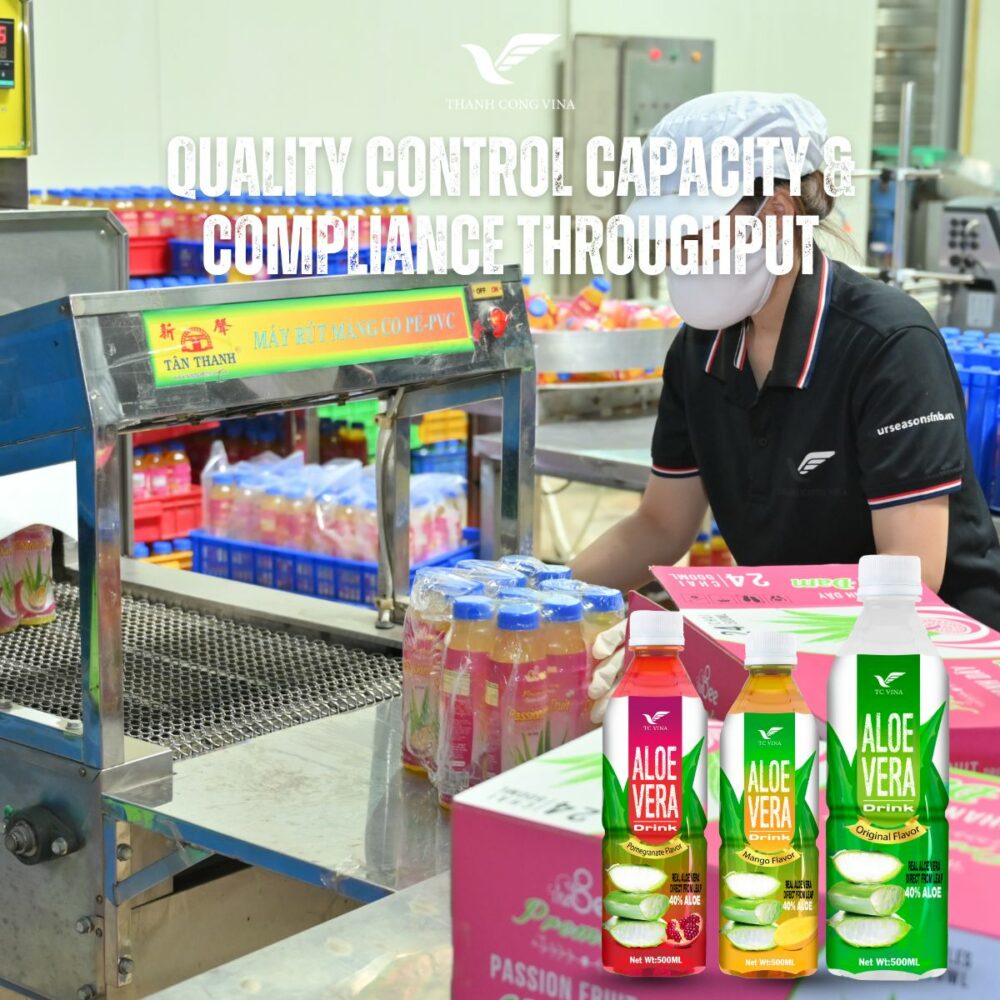
Quality Control Capacity & Compliance Throughput
Capacity evaluation is incomplete without understanding how QC scales with volume.
4.1. QC Personnel vs. Output Ratio
Industry standard:
-
1 QC specialist per 10,000–15,000 bottles/hour
If an OEM beverage manufacturer increases output but not QC resources, defect risk rises exponentially.
4.2. Analytical Testing Capability
Required testing systems may include:
-
Microbiological labs
-
HPLC for sugar and preservative validation
-
Viscosity and pH testing
-
Shelf-life simulation chambers
Ask for:
-
Maximum weekly testing throughput
-
Lab employee certifications
-
Equipment calibration logs
4.3. Traceability Technology
A strong partner should offer:
-
Batch code tracking system
-
Documented CAPA process
-
Recall handling SOP within 24 hours
This infrastructure ensures that production scale does not compromise export market compliance.
5. Lead Time Management & Peak-Demand Readiness
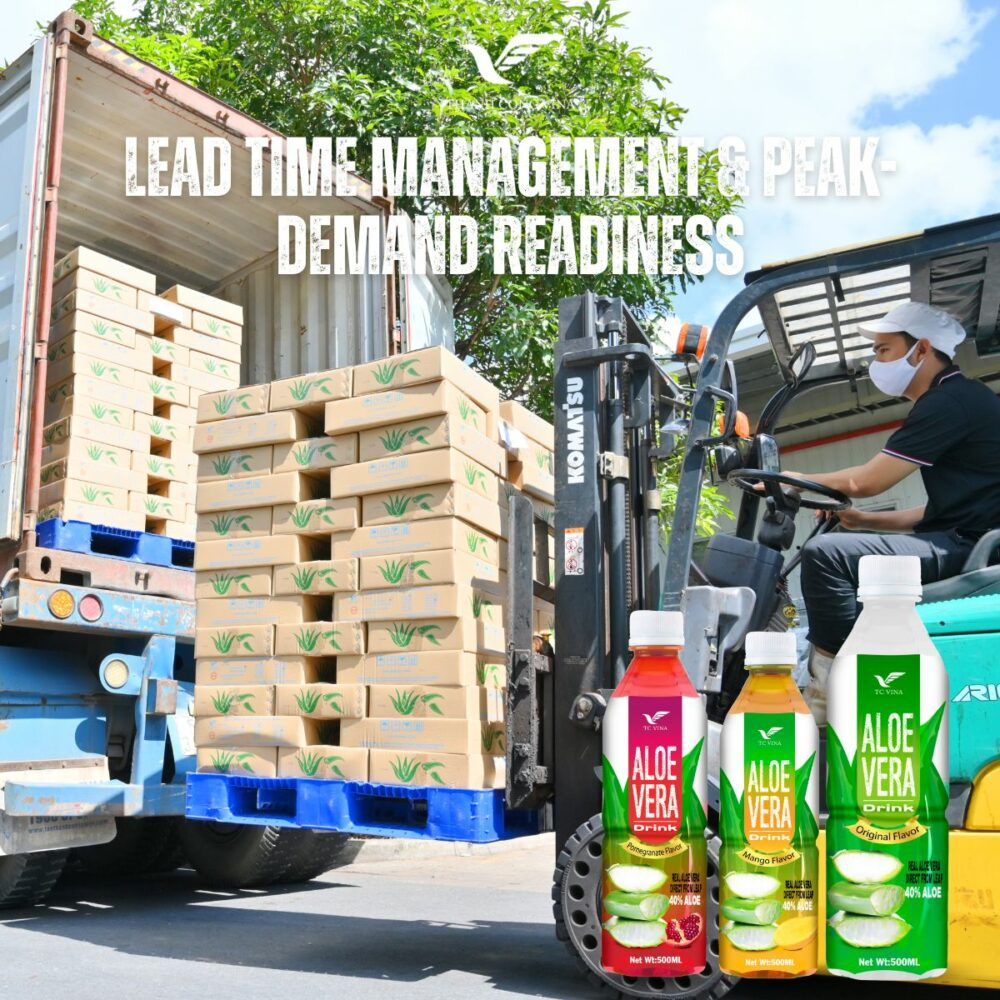
Lead Time Management & Peak-Demand Readiness – OEM Beverage Manufacturer
5.1. Lead Time Optimization
Standard lead time benchmarks:
-
New production: 45–60 days
-
Repeat orders: 25–35 days
OEM beverage manufacturers should provide:
-
Clear Gantt charts
-
Weekly progress reporting
-
Risk-based scheduling buffers
5.2. Seasonal Surge Capability
Beverage demand increases:
-
Summer drinks → +40–70% orders
-
Ramadan & Lunar New Year → massive consumer surges
Questions to ask:
-
What is the maximum surge percentage they can promise?
-
How many additional shifts can be activated per line?
5.3. Logistics Infrastructure
Export efficiency depends on:
-
Container loading zones
-
Pallet compatibility by market (EU/US/JP standards)
-
Enterprise warehouse capacity
Brands working with efficient logistics providers get to market faster, enabling competitive shelf launches.
6. Financial Capacity & Risk Management
Beyond physical production, a reliable supplier must maintain balance sheet strength.
6.1. Capital Investment Ability
Evaluate:
-
Annual reinvestment rate in machinery
-
R&D budget
-
Working capital availability
Financially weak OEMs may:
-
Delay production due to cash flow shortage
-
Fail audits
-
Lose compliance approvals
6.2. Cost Stability & Index-Linked Contracts
Good manufacturers maintain:
-
Resin cost hedging
-
Long-term supplier contracts
-
Transparent price adjustment formulas
Stable pricing protects your brand’s retail margins.
6.3. Insurance & Contingency Plans
Must have:
-
Product liability insurance
-
Business interruption insurance
-
Natural disaster contingency site
A partner’s resilience is your business continuity.
Conclusion
Evaluating production capacity is not merely about volume — it’s about consistency, scalability, and operational readiness to support long-term business growth. The right OEM beverage manufacturer should demonstrate strong automation capability, secure raw material supply chains, skilled workforce ratios, capacity expansion plans, and a resilient logistics network. These elements work together to reduce risk and ensure efficient export performance year-round.
When choosing a partner for international beverage markets, businesses should prioritize verifiable production data, proven throughput during seasonal surges, and transparent operational reporting.
Thanh Cong Vina stands as a strong OEM Beverage Manufacturer brands seeking a reliable manufacturer with scalable capabilities. With commitment to innovation and operational efficiency, Thanh Cong Vina IEP CO., LTD supports private label businesses and importers in achieving sustainable product growth while maintaining consistent supply performance.
